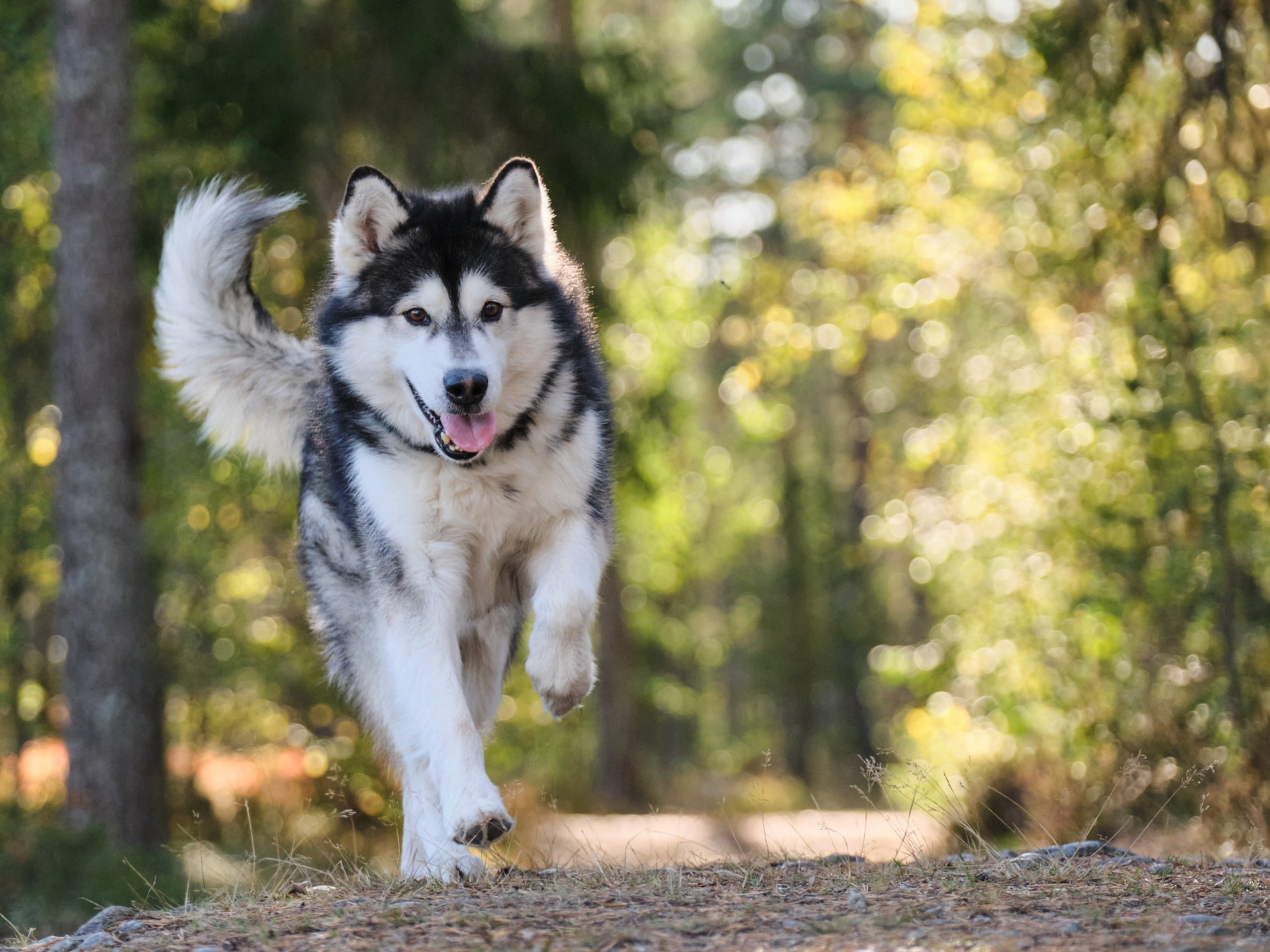The Fascinating Journey: From Wild Wolves to Domestic Dogs
Introduction: Delve into the fascinating journey of domestic dogs, tracing their origins from wild wolves to the beloved household pets we know today. Discover how selective breeding has shaped different dog breeds, and how these breeds have evolved over time, adapting to various human lifestyles and societies.

The Wolf-Dog Connection: Tracing Back the Origins
The story of domestic dogs begins with their wild ancestors - wolves. Around 15,000 to 40,000 years ago, humans began to tame and breed wolves for specific traits. The friendliest and most cooperative wolves were favored, and over generations, they gradually evolved into a separate species - dogs. This process of selective breeding led to the creation of different dog breeds, each with its unique attributes.
Selective Breeding: Shaping the Dog Breeds
Selective breeding played a crucial role in shaping various dog breeds. Humans bred dogs for specific purposes such as hunting, herding, guarding, and companionship. For instance, Greyhounds were bred for their speed, Border Collies for their herding instincts, and Labrador Retrievers for their friendly nature and trainability. Over time, these specific traits became dominant in these breeds, defining their physical characteristics and temperaments.
Evolution of Dog Breeds: Adapting to Human Societies
As human societies evolved, so did dog breeds. In the agrarian societies, dogs were primarily used for herding and guarding livestock. As humans moved into cities, smaller dog breeds became popular for their adaptability to apartment living. Today, dogs serve diverse roles in human society, from companionship and therapy to search and rescue operations, showcasing the dynamic evolution of dog breeds.
The Contemporary Dog Breeds: A Look at the Present
Today, there are approximately 340 recognized dog breeds worldwide, each with its unique characteristics. With advancements in genetic research, we now have a better understanding of the genetic diversity among dog breeds. This knowledge is crucial in breeding healthier dogs and addressing breed-specific health issues.
The Future of Dog Breeds: What Lies Ahead?
The future of dog breeds lies in responsible breeding practices and prioritizing health over physical appearance. Genetic research will play a pivotal role in curbing genetic disorders and enhancing the overall health and lifespan of dog breeds. Moreover, as our understanding of dog behavior and cognition deepens, it will further enrich our relationship with these incredible animals.
In conclusion, the journey of domestic dogs from wild wolves to cherished pets is truly fascinating. As we continue to unravel the mysteries of their evolution, we deepen our bond with these loyal companions, appreciating them not just as pets but as intricate beings shaped by thousands of years of evolution.




